mReview: DEEPAL S07 – A Fresh Face
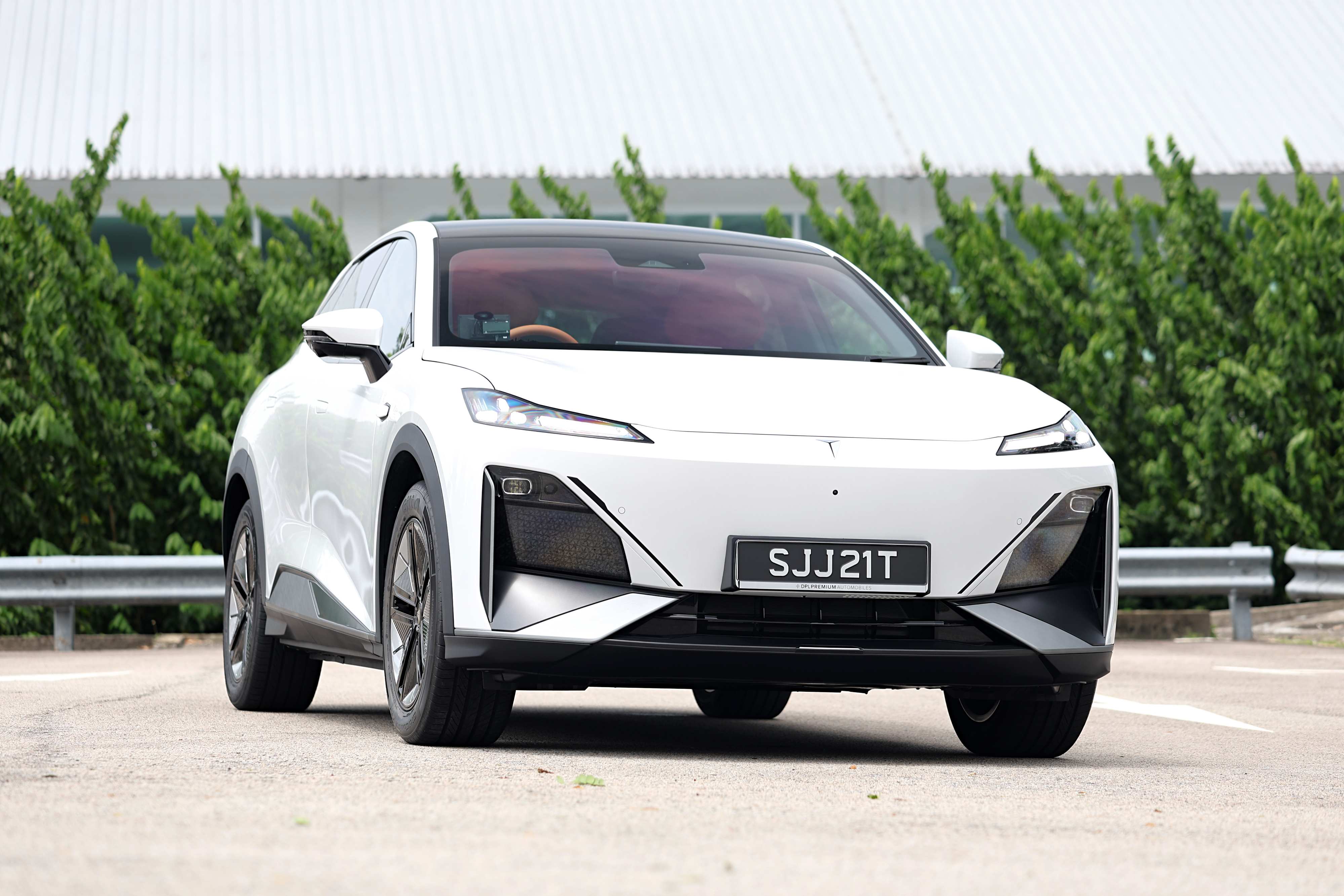
The DEEPAL S07 is the first car under Chinese giant Changan Automobile’s umbrella to be brought to Singapore, but can it sway customers away from other, more well-known brands here?
Before anyone asks, the answer is no. DEEPAL is not an Indian brand, despite how the name sounds at first. DEEPAL is actually the anglicised version of its Chinese name, 深蓝, which translates to “Deep Blue”.
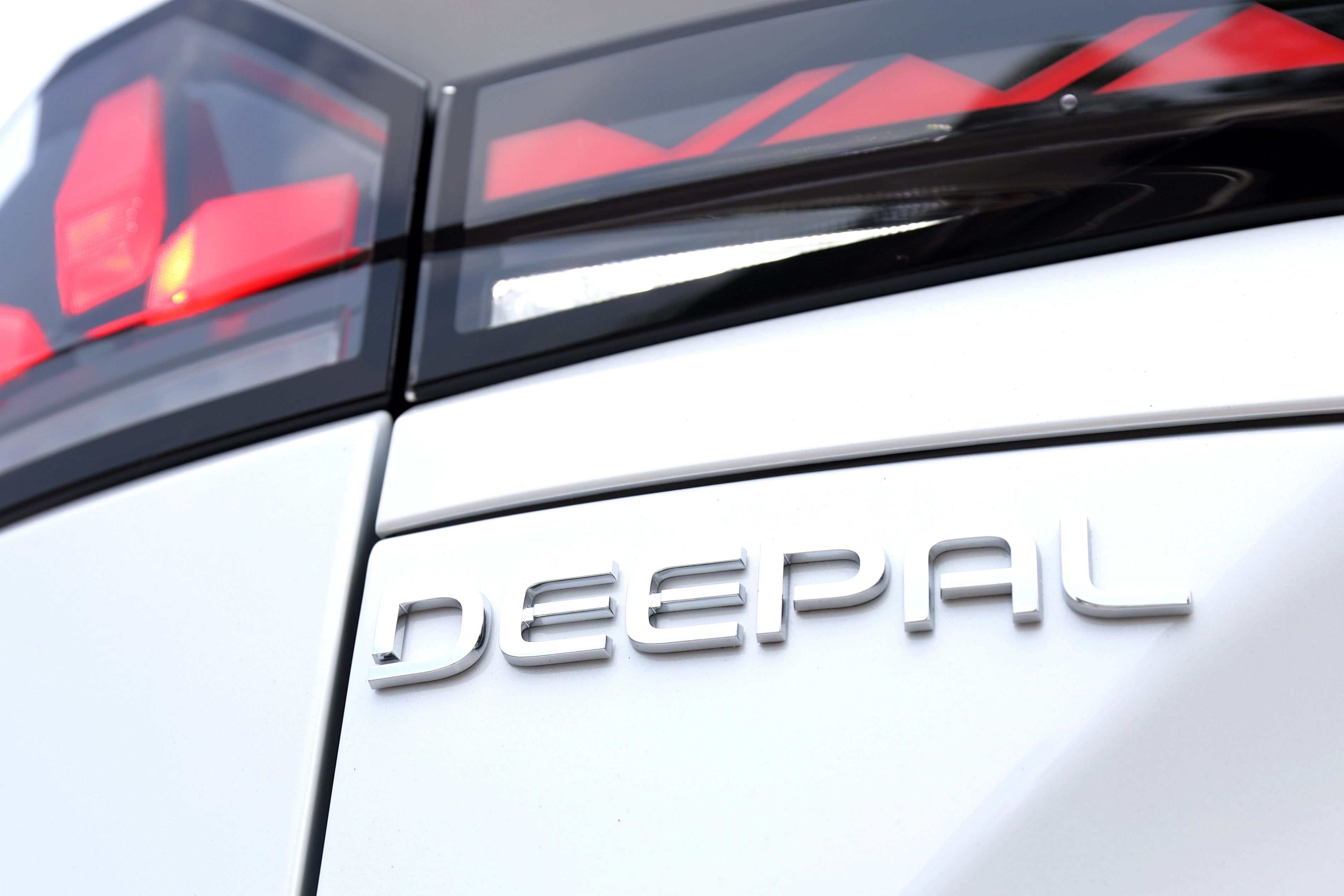
But while the DEEPAL name may be new to most of us, DEEPAL's parent company, Changan Automobile, is one of the Chinese manufacturing stalwarts. Founded in 1862, the company was originally a major arms producer, supplying weapons to the Chinese military before building the Changjiang Type 46 in 1959, China’s first production vehicle. Fast forward 66 years, and their opening salvo in Singapore’s EV showdown is the DEEPAL S07, a fully-electric compact SUV.

Designed in Turin and built in China, the S07’s design is fairly distinctive, with claims of golden ratios playing a key part in the design process. As a result, it has high haunches and clean lines, from some angles even giving off a “we-have-Ferrari-Purosangue-at-home” vibes, giving it a look that’s easily distinguishable from other competing vehicles.
However, the same cannot be said about the interior design. Aesthetically, the S07 follows every page of the Chinese EV design textbook to a tee. Ultra-minimal design? Check. Lack of physical buttons? Check. Giant screen in the middle? Check.
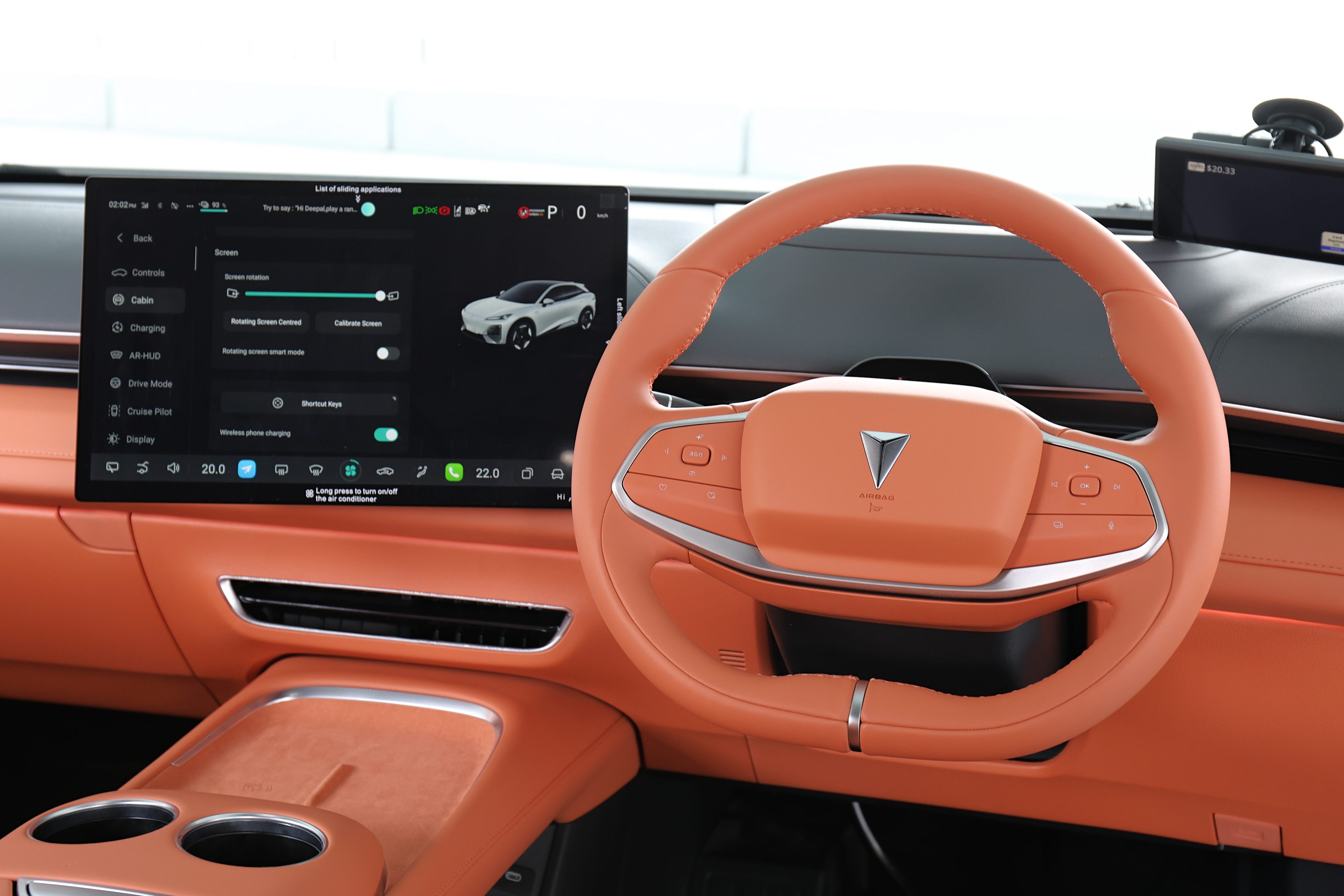 Notice how the screen is swivelled towards the driver.
Notice how the screen is swivelled towards the driver.
Supposedly, the S07’s interior is inspired by yachts, but perhaps this low-SES writer hasn’t been on enough yachts to spot the influence. Instead, there is some feeling of fatigue setting in now with the pervasiveness of this “minimal, touchscreen-centric” design language that’s become ever so common in new cars.
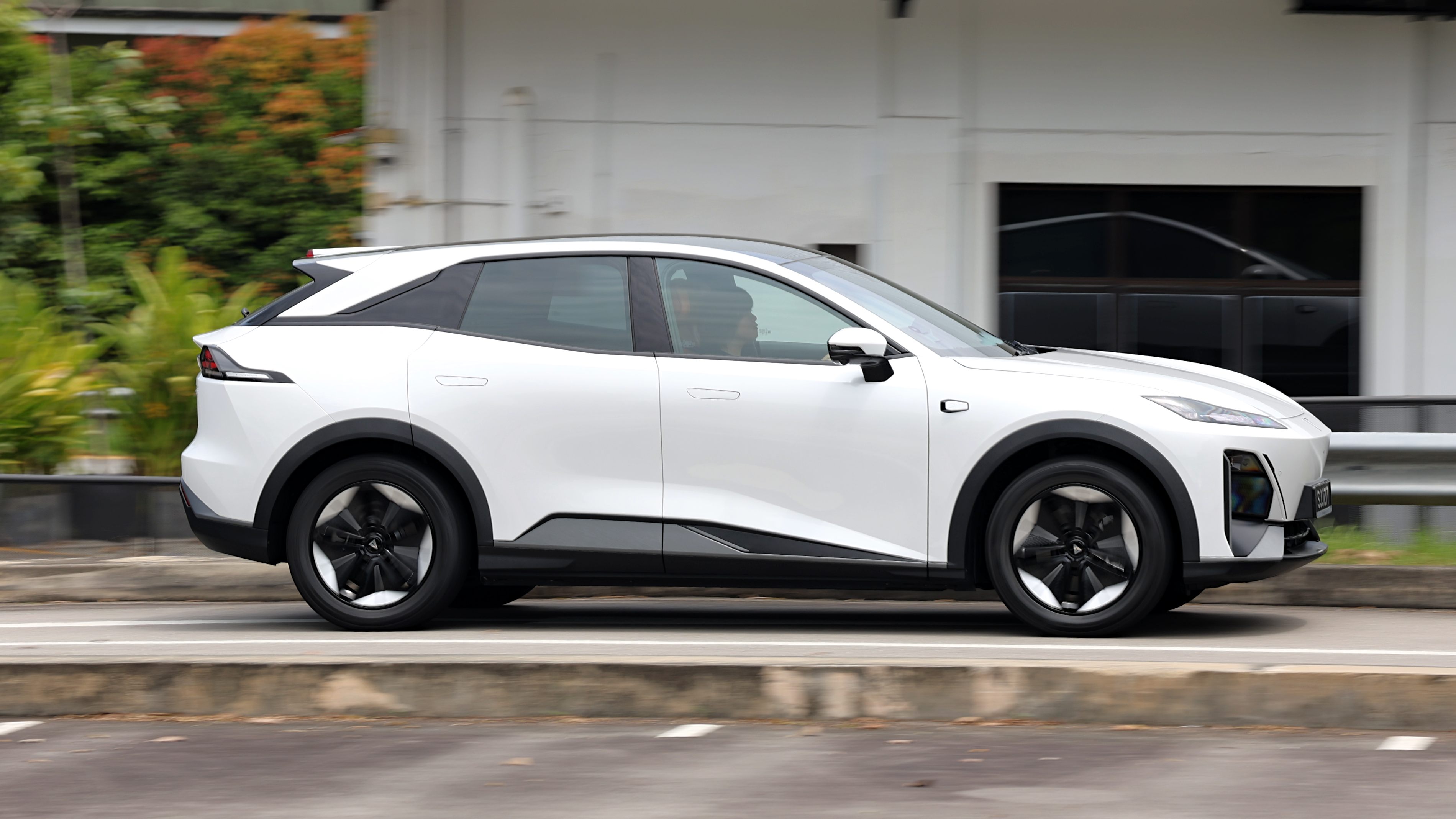
Thankfully, the S07’s interior’s functionality makes up for the lack of design. The biggest innovation is the centre display screen which can swivel to face the driver or the passenger, voice activated of course. The front seats are also heated and ventilated, an addition I’m personally chuffed to see becoming more common in new cars.
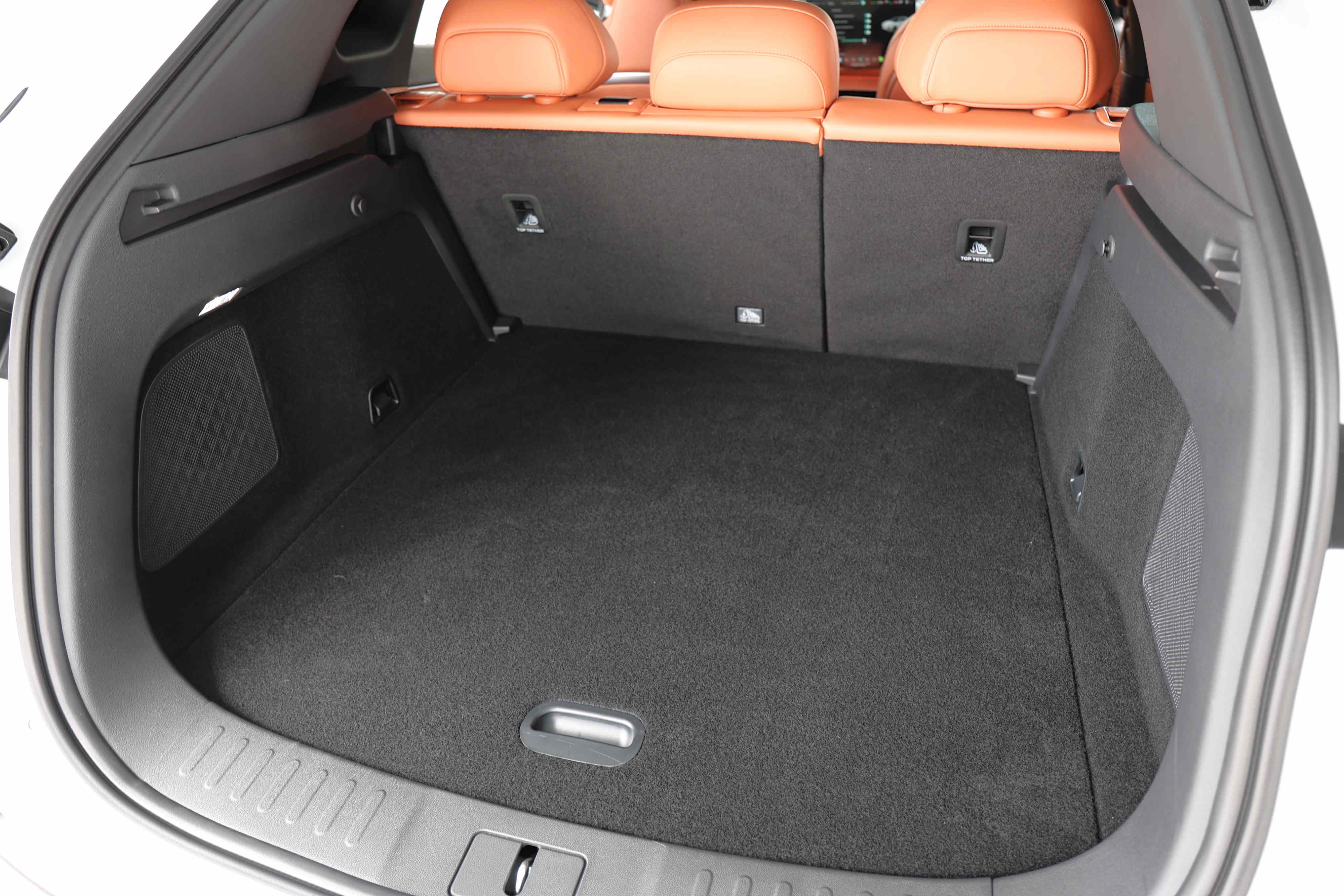 Space to spare is a recurring theme in this car.
Space to spare is a recurring theme in this car.
There’s also an augmented reality (AR) heads-up display (HUD) that takes over as the main source of info for the driver, as there isn’t an actual gauge cluster behind the wheel. The AR HUD has some additional functionalities like displaying navigation directions or ADAS information superimposed on the road ahead of you which is pretty neat.
The built-in cabin-facing camera also allows for gesture control, such as putting a finger to your mouth to mute the audio or flashing a peace sign to take a photo.
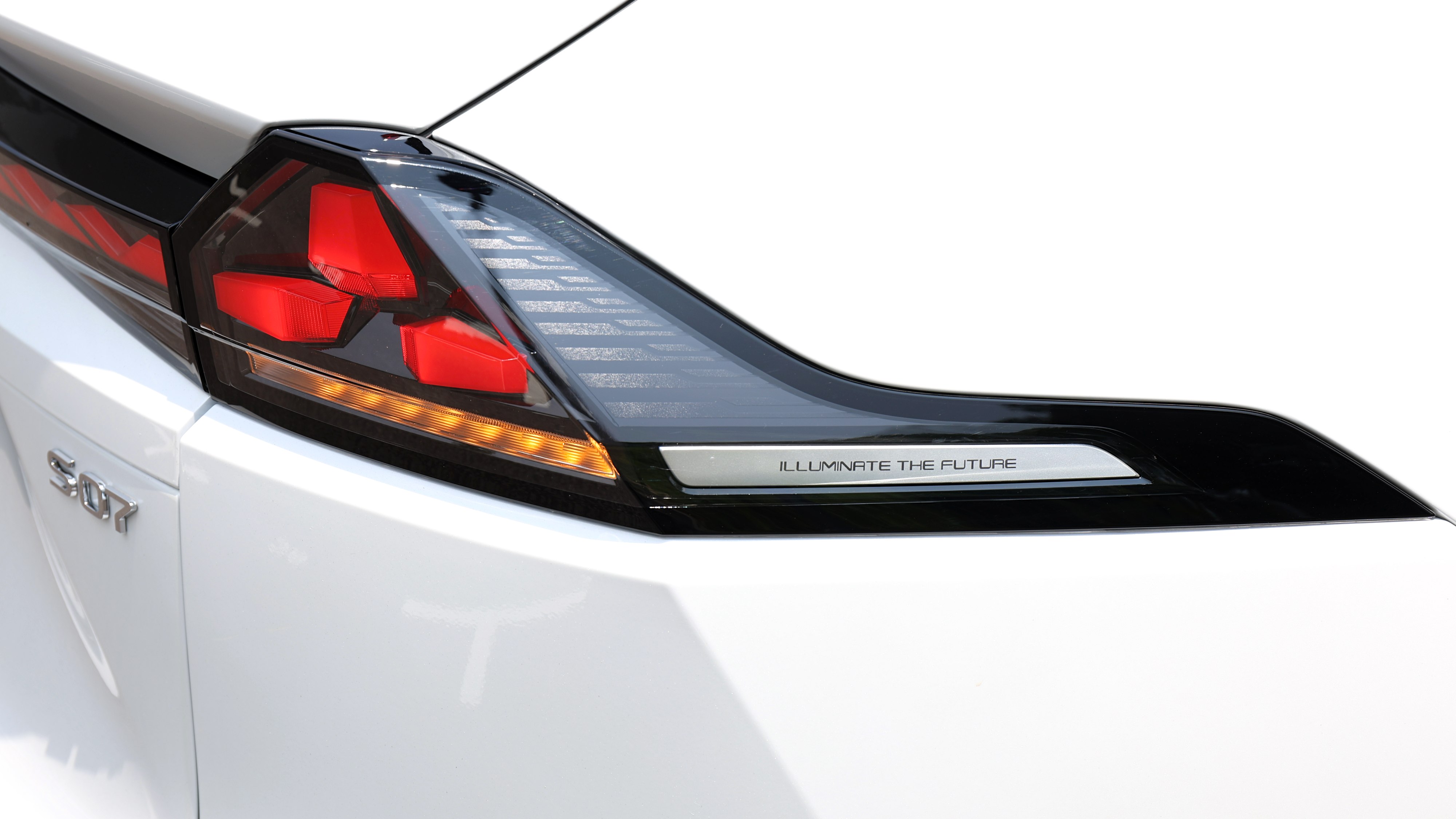 There're these triangle design motifs all across the S07.
There're these triangle design motifs all across the S07.
The rear is equally as functional, with huge amounts of legroom and a giant panoramic roof for your passengers to gaze at the Singapore streetlamps through.
So we’ve covered how the S07 fares aesthetically and functionally, but what about dynamically? Under the hood, there’s a surprisingly large 125-litre frunk big enough for a cabin bag, but beneath that, lies the running gear of the S07.
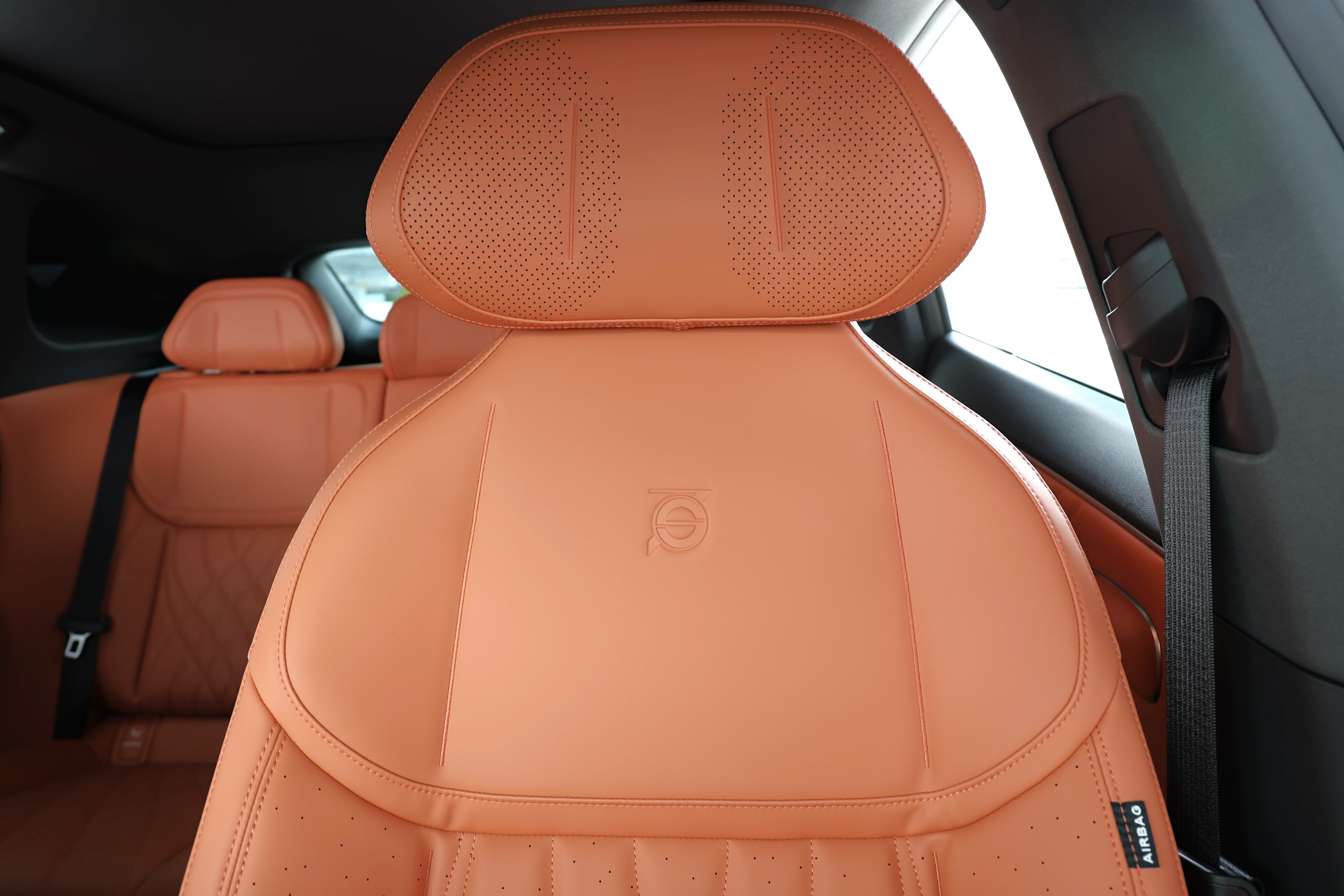 The front seats have headrest-mounted speakers for taking calls.
The front seats have headrest-mounted speakers for taking calls.
A single electric motor on the rear axle mated to a 79.97kWh battery for 218hp, 320Nm, and 475km of range, figures that are fairly par for the course for the segment the S07 competes in. The light steering and smooth power delivery make pootling around town in the S07 a cinch. Parking is also a non-issue thanks to the 360 cameras you get as standard.
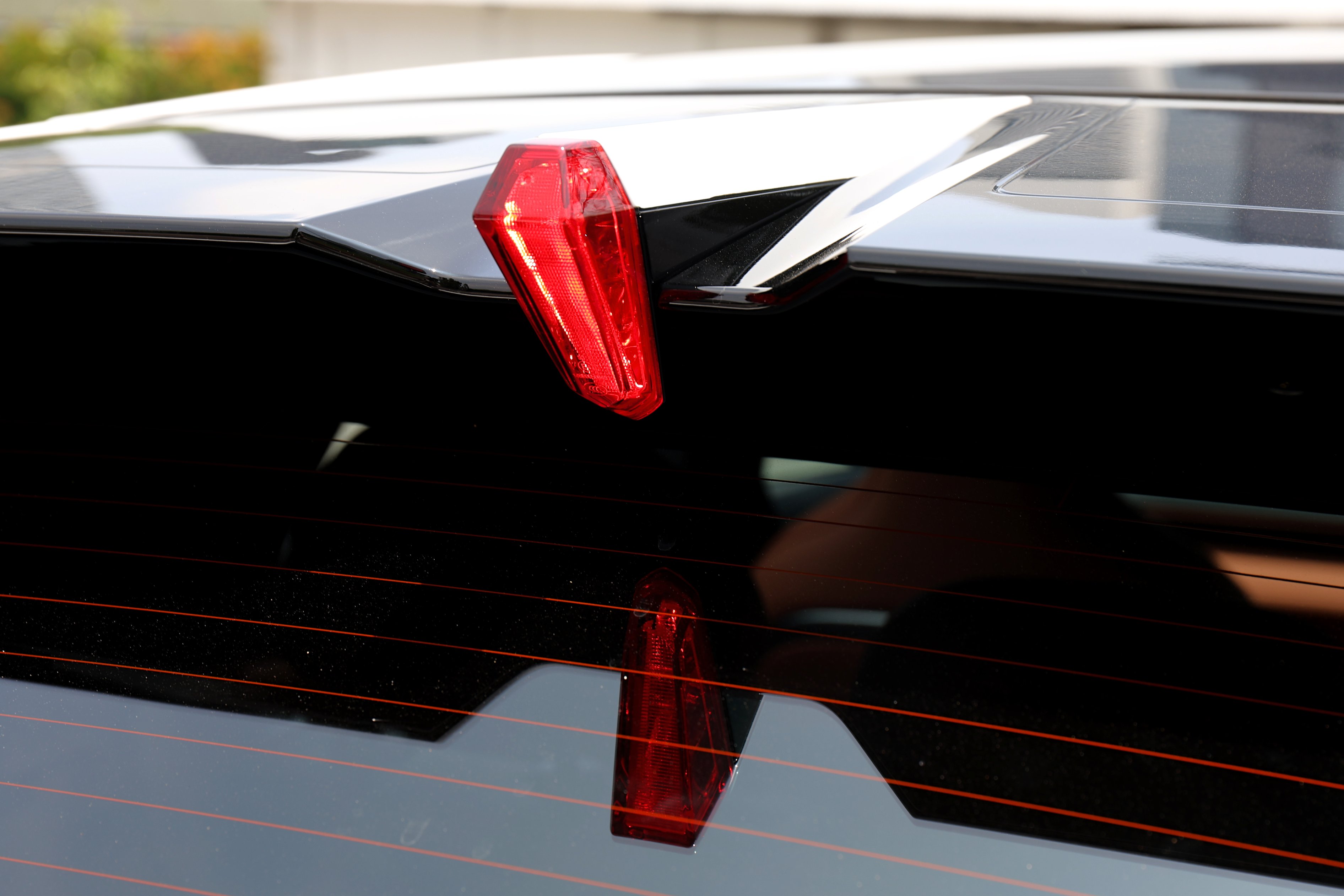 The third brake light mounted to the roof also sports the same triangular design motif.
The third brake light mounted to the roof also sports the same triangular design motif.
However, the handling of the S07 is not the most confidence inspiring when it comes to corners taken at speed. The steering is vague at best and the chassis feels uncomfortable when faced with any cornering duty. The S07 is a car best reserved then for city driving and highway cruising methinks.
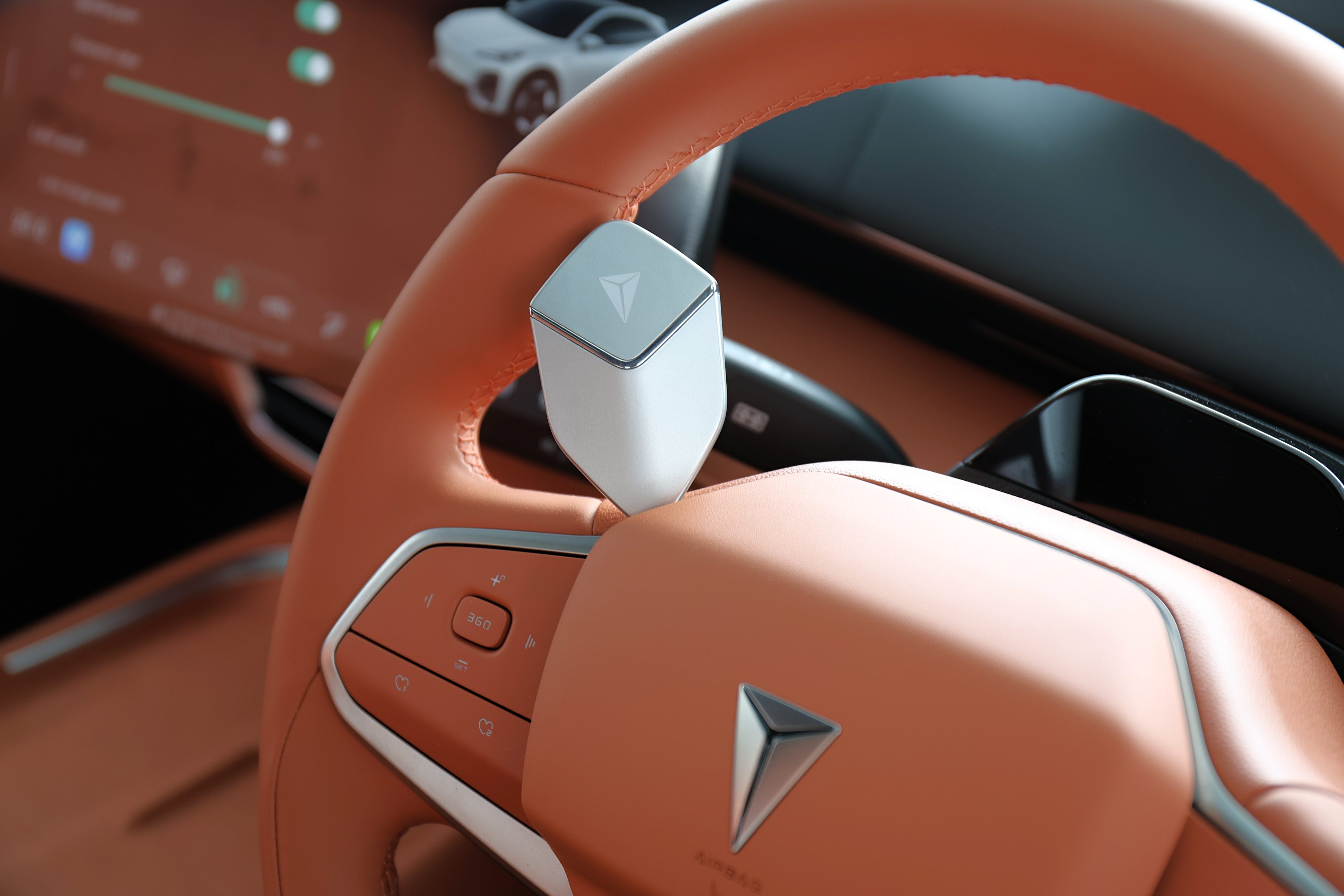 Disclaimer: It is not the same logo as local gaming chair brand, Secretlab.
Disclaimer: It is not the same logo as local gaming chair brand, Secretlab.
I don’t expect the DEEPAL S07 to be much in the way of a segment disruptor. But it is still undeniably a practical, well-specced, and fairly stylish EV that ticks most of the right boxes for everyday use.
From its generous equipment list to its spacious cabin and decent range, there’s enough substance here to give more established rivals something to think about.
Is it enough to sway buyers away from better-known badges? Maybe not just yet. But as a first foray into Singapore for Changan Automobile and DEEPAL, the S07 is a solid start.
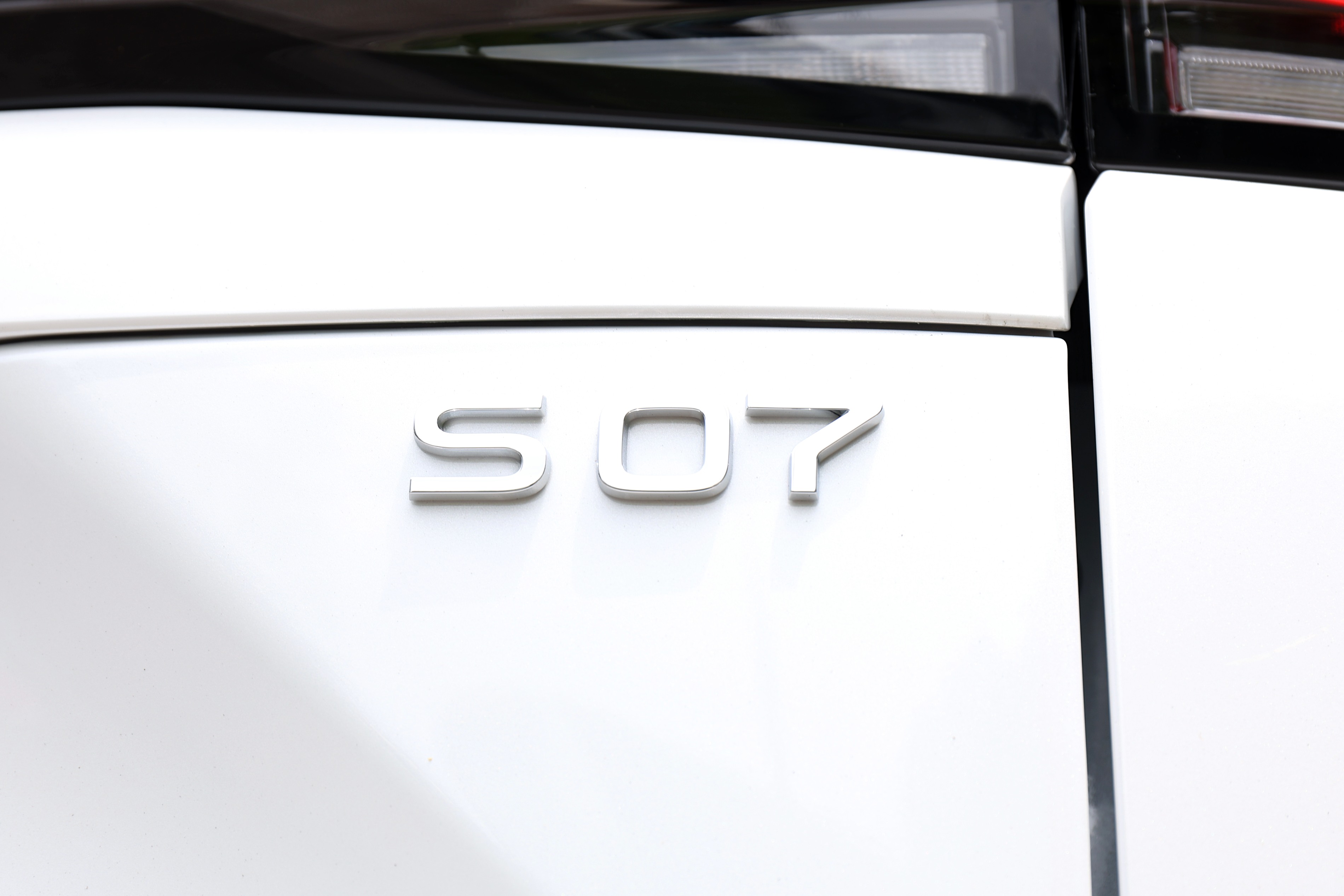
| DEEPAL S07 Electric | ||
|---|---|---|
| Price (at time of publishing): $218,999 including COE | VES Band: A1 | |
Motor: Permanent magnet synchronous motor |
Charging Rate: 92 kW DC, 11 kW AC |
Power & Torque: 160 kW (218 bhp) & 320 Nm |
Transmission: Single-speed |
Driven Wheels: Rear |
Consumption: 18.9 kWh/100km |
0-100 km/h: 7.9 seconds |
Top Speed: 180 km/h |
Battery Capacity: 79.97 kWh |
|
Dimensions (L x W x H):
4,750 mm x 1,930 mm
x 1,625 mm |
Wheelbase: 2,900 mm
|
Cargo Capacity: 125 litres (frunk), 445 litres (boot) |
Read More: mReview: Zeekr X Standard RWD – New Kid On The Block
Super App for
Vehicle Owners
Download the Motorist App now. Designed by drivers for drivers, this all-in-one app lets you receive the latest traffic updates, gives you access to live traffic cameras, and helps you manage LTA and vehicle matters.

9 days ago